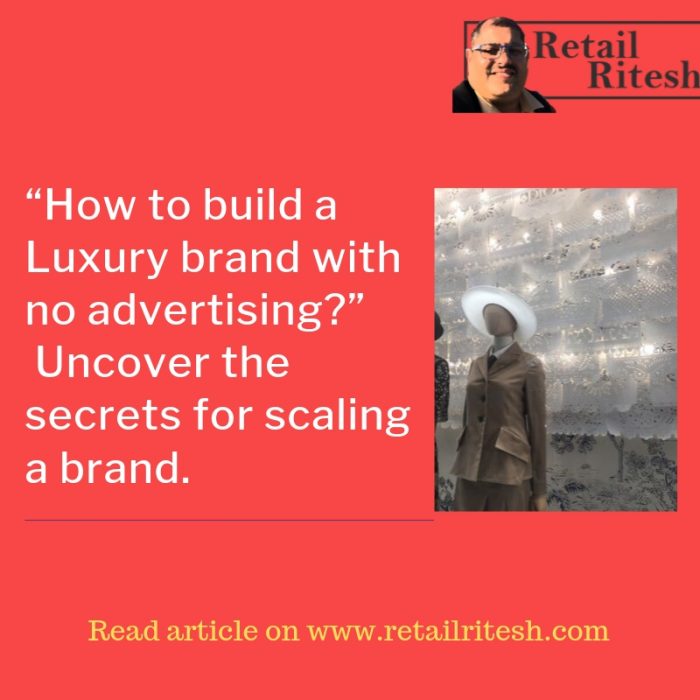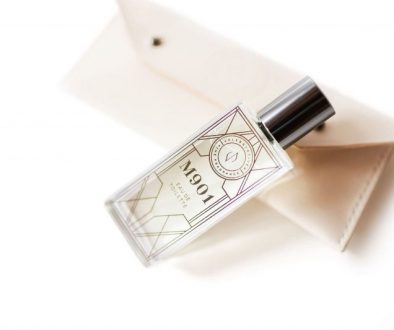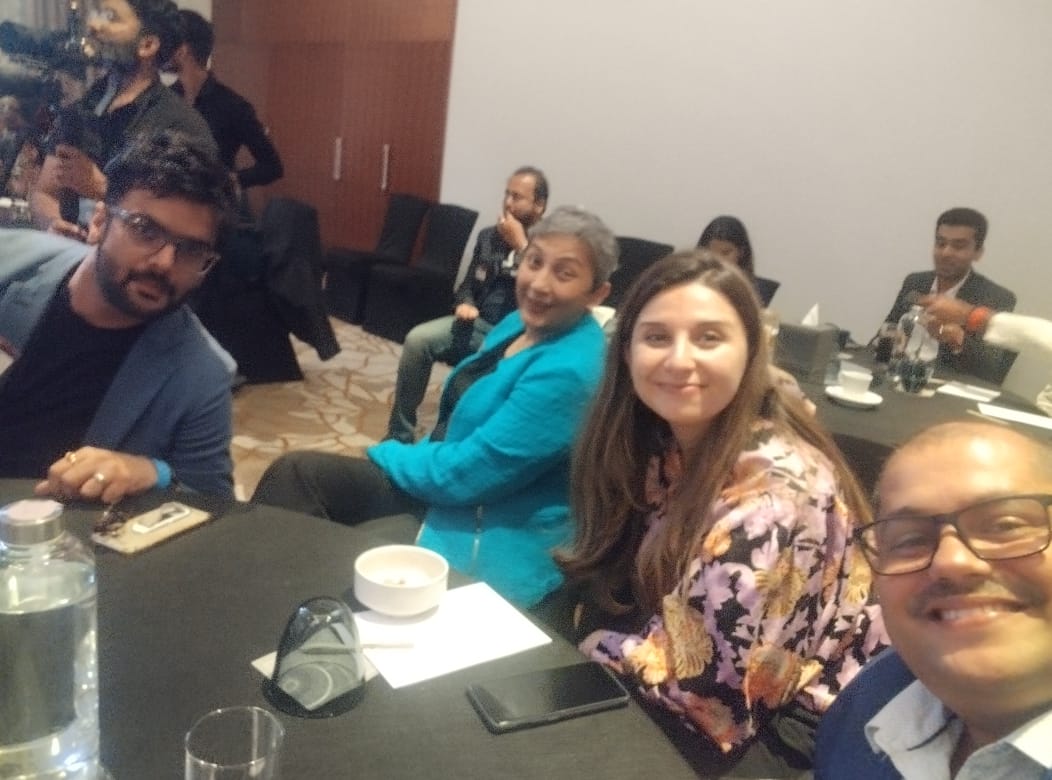How to build a Luxury brand with “no advertising”? Uncover the secrets for scaling a brand.
“Can you build a luxury brand without advertising?”
“Interesting Question”… I replied to one of my connections who had raised this question to me in one of the networking forums.
“To understand the very nature of luxury goods and behavioral study of luxury goods buyers, you need to understand the pillars of a Luxury brand”, I replied.
learn about 4 must do’s for luxury, click here.
What is common between these brands Maserati, Hermes, and Rolex?
- Maserati: Is 105 years old, Established – December 1, 1914.
- Hermes: The 175-Year Old French Fashion Empire
- Rolex founded in 1905, 114 years old
Longevity is the common factor amongst all these 3 brands, Longevity comes from their Heritage of these business houses, their core values which is passed on from generations together.
Longevity provides trust and confidence to buyers.
If you wear a Rolex, chances are that your succeeding generations will also want to wear Rolex because they have confidence and trust in your choice of brands.
These brands are considered as Investments.
Hermes have bags that increase in value over the years. Limited Rolex editions are priceless in the eyes of their consumers.
Hence the main pillars of luxury brands are Longevity, Trust, Luxury, and Promise.
I shall now list out the ways as to how you can build your retail brand without advertising support.
Create a luxury brand Experience and Deliver Quality.
Recently, I went to a restaurant with a couple of friends. This restaurant had beautiful interiors, music, and dim lighting, the arrangement of furniture and ambiance was giving a feel of luxury dining. The staff was polite, professional and friendly.
We ordered food, the food was not just good, it was awesome!
I expected to receive an extravagant bill, but to my surprise, the bill was hardly close to what I expected, there were no overpriced dishes. Before even seeing the price I was sold to pay more for their offering. That restaurant had persuaded me with their tasty food and surprised me (in a good way) with their economical pricing.
I associated dim light, soft music, polite people, wood finish to an expensive place.
PR builds trust and creates relationships.
Less successful companies think they need advertising to get customers, but the best brands use their products, reputations, and stories to attract customers and that is the main premise of PR.
ROI on TV advertising makes it unviable.
People who can afford luxury goods are not spending their time watching TV nor logging onto the digital channels to see who is advertising. They are engrossed working towards enhancing their wealth, their business by constantly monitoring business & market journals and making their investment plans.
Ads are not social.
There is a limitation for a commercial or advertisement to go viral on social media hence brands are coming out with their branded content which is engaging, relevant to their audience and have the tendency to go viral.
More and more brands today are encouraging their customers to post their own generated content featuring brands, their rationale for brand selections and interesting stories of their experiences with the brand.
Recently Mercedes in India had generated a TV series with Car’s India, wherein the host drove to interior parts of the country highlighting different cultures, places to visit coupled with the adventures of a road trip.

Studies show that people are far more likely to believe a news story than an advertisement.
Luxury Brands that don’t believe in advertising – Case studies
Kiehl’s
Kiehl’s created an unforgettable customer experience by offering extensive samples to customers, which gives way to lower-pressure sales. The skin- and hair-care company built a luxury brand name for itself by offering a 100% money-back guarantee, staffing more than twice the industry average, and offering free consultations.
This 150 years old successful brand to date maintains its “no-advertising” style even after it was acquired by L’Oreal. A move that garnered them more — you guessed it — free advertising.
Spanx
Like most of the business owners who often find themselves with no budgets for advertising or marketing. Sara Blakely, founder of Spanx also found herself in a similar situation when she started out. She didn’t run marketing spots because she couldn’t afford to. She also grew her billion-dollar brand without any help from outside investments or debt.
In one of her interviews, Sara Blakely told Forbes, “The power of women discovering the brand from other women was actually a better strategy. The aunt telling her niece; one woman to a college friend. There’s something about saying, ‘look, feel my back, no lines,’ that’s powerful.”
Learnings:
Look out for opportunities in all the problems, Word of Mouth strategy created Spanx has multi-million dollar business.
Zara
Zara’s first retail fashion store opened in 1975 and, today they are over 10,000 stores.
The brand works on the principle of Exclusivity, Urgency, and scarcity
They produce limited quantities per style hence it creates urgency and scarcity which pushes the consumers to purchase.
Users generated content in addition to influencers
Zara also uses social influencers as well as encourages millennials to tryout their outfits and post on their social media pages using hashtags and tagging the brand’s social pages.
They spend their cash in getting premium, high traffic locations close to luxury fashion brand stores which drives visibility and uplifts the brand image as aspirational.
They’ve built an empire based on their reputation as a company whose technology and automation allows them to analyze trends and consumer feedback to get fashion from the runway to the racks in a matter of days.
Learn how Zara is embracing digitalization, click here.
Conclusion:
These brands have shown that you don’t need ad budgets to build massive brands. However, your product and brand promise should be very strong and compelling.
Learn how e-commerce is boosting Men’s grooming products, click here.
About the author:
Ritesh Mohan is a passionate retail professional with over 20 years in the Retail sector, handling some of the biggest brands in beauty, fashion and fragrances retail & FMCG sector. He has been instrumental in the growth of some of the regional brands as well in the Middle East region. Ritesh specializes in Retail management, Product development, and Brand Management, Retail Operations, Sales Management, and Franchising & Business Management. He strongly believes in empowering business owners with his wisdom & experience of around two decades in the industry.








September 24, 2019 @ 9:38 am
Nice Article, one more and latest brand if you want to add to this is https://www.forbes.com/sites/chloesorvino/2018/07/11/huda-kattan-huda-beauty-billion-influencer/#4eeccc216120
I differ on one thing, the title of your post, word Luxury don’t go well with most of the brands you gave examples of. Rest a great article.
September 25, 2019 @ 7:59 am
thanks rajesh, the link which you gave is very insightful.
September 24, 2019 @ 2:42 pm
Ritesh is a source of valuable, useful, brand knowledge so I read his thoughts with interest. He has also given me some confidential brand advice that proved correct. Thanks🙂
September 25, 2019 @ 7:57 am
thanks, Christopher for your kind words.